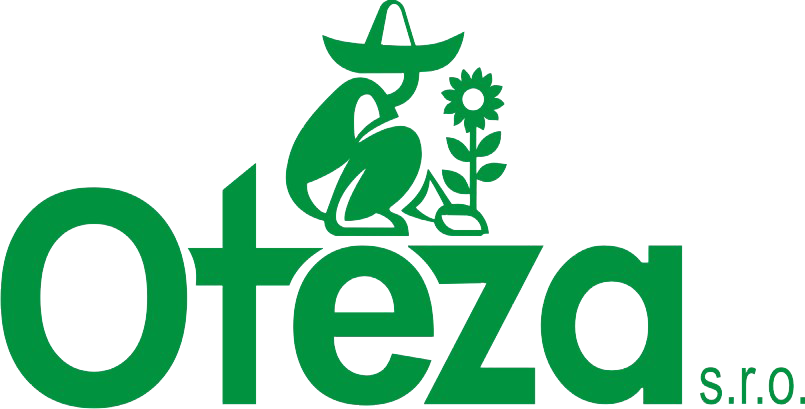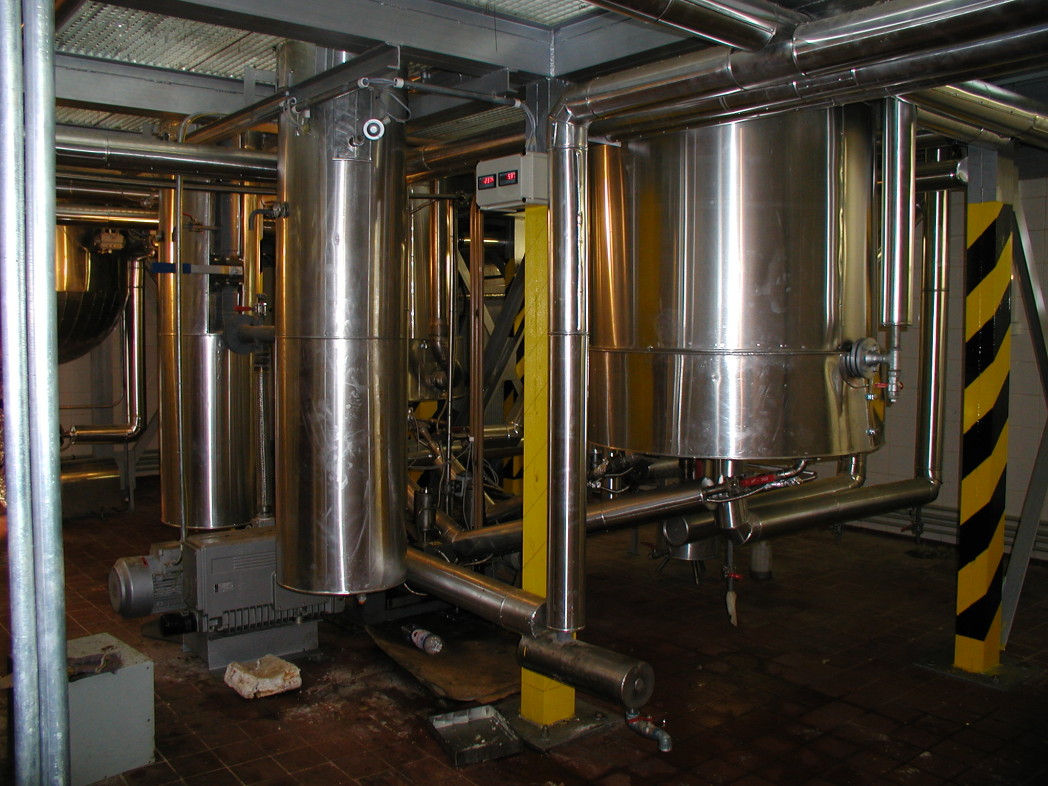Refining of animal fats
Raw fats of animal origin contain some non-fatty components which must be removed prior to further processing.
These components are essentially divided into two groups: fat insoluble and fat soluble.
- Insoluble substances: mechanical impurities, minerals, proteins, etc. These substances form a suspension in fats, which after some time settles if the fat is not solid. Their quantity depends on the quality of the processed raw materials, technological process of obtaining fats, filtration efficiency etc. This group of substances can also include water. Raw fats obtained by conventional technology (wet or dry rendering…) contain 0.2-1% water. Water and precipitated substances with water, along with proteins are a breeding ground for microorganisms.
- Soluble substances: free fatty acids, phospholipids, alcohols, hydrocarbons, sterols, vitamins and waxes. Additionally, oxidation products of fatty acids, aldehydes, ketones and secondary resulting polymers. It is desirable that some biologically and physiologically active substances (vitamins, sterols, antioxidants …) remain in fats after refining, but some substances must be removed.
Refining: a system of technological operations that edible crude oils and fats must undergo. The aim of refining is to ennoble the raw material so that it is wholesome, has a pleasant (or neutral) aroma and flavour. Fat must be of a suitable colour and have a sufficient shelf-life.
Technological refining of edible fats includes the following operations:
- Degumming and bleaching (sometimes replaced by only filtration /
- Deacidification
- Deodorization
Steam-free deacidification and deodorization:
In a continuous process without the use of steam, deacidification and deodorization is carried out in one step. The process takes place on evaporation residues, i.e without the use of chemicals or live steam. The equipment works on the principle of heating the fat to a temperature of about 200°C for the shortest possible time. With such a short-term heat load with high temperature under reduced pressure (fine vacuum), there is no undue long-term thermal load on the fat and the fat does not lose antioxidants.
Advantages:
- low operating temperatures and short exposure time for the thermolabile substance in the absence of oxygen
- preservation of valuable biologically and physiologically active substances
- increased oxidative and sensory stability of the refined fat
- the flavour and sensory properties of the oil (light taste of the raw material) is preserved
- saving on chemicals, no soapstock is formed
- reduced fat losses
- reduced energy intensity of the process, no use of live steam
- the process is economically attractive for small-capacity units
The technology works continuously and is fully automated.
Description of the process:
- Bleached (or filtered) fat is continuously pumped from the input fat vessel through a recuperative heat exchanger into a drainage evaporator where water, gas and volatile matter are removed under vacuum.
- The drained fat is pumped through the heat exchanger and the degassing system to the distillation apparatus. In the degassing system, under the influence of vacuum, water residues, other volatile substances and bonded gas are removed from the fat prior to entering the condensate divider.
- The volatile components are partially removed in proportion to the pressure and temperature. These substances must not enter the molecular condensates.
- Fatty acids and aromatics undesirably affecting the sensory aspects are removed from the fat in the condensates.
- The fat is then pumped from the equalizing vessel through a recuperative heat exchanger. After cooling and filtration, the fat continues into the storage tanks.




